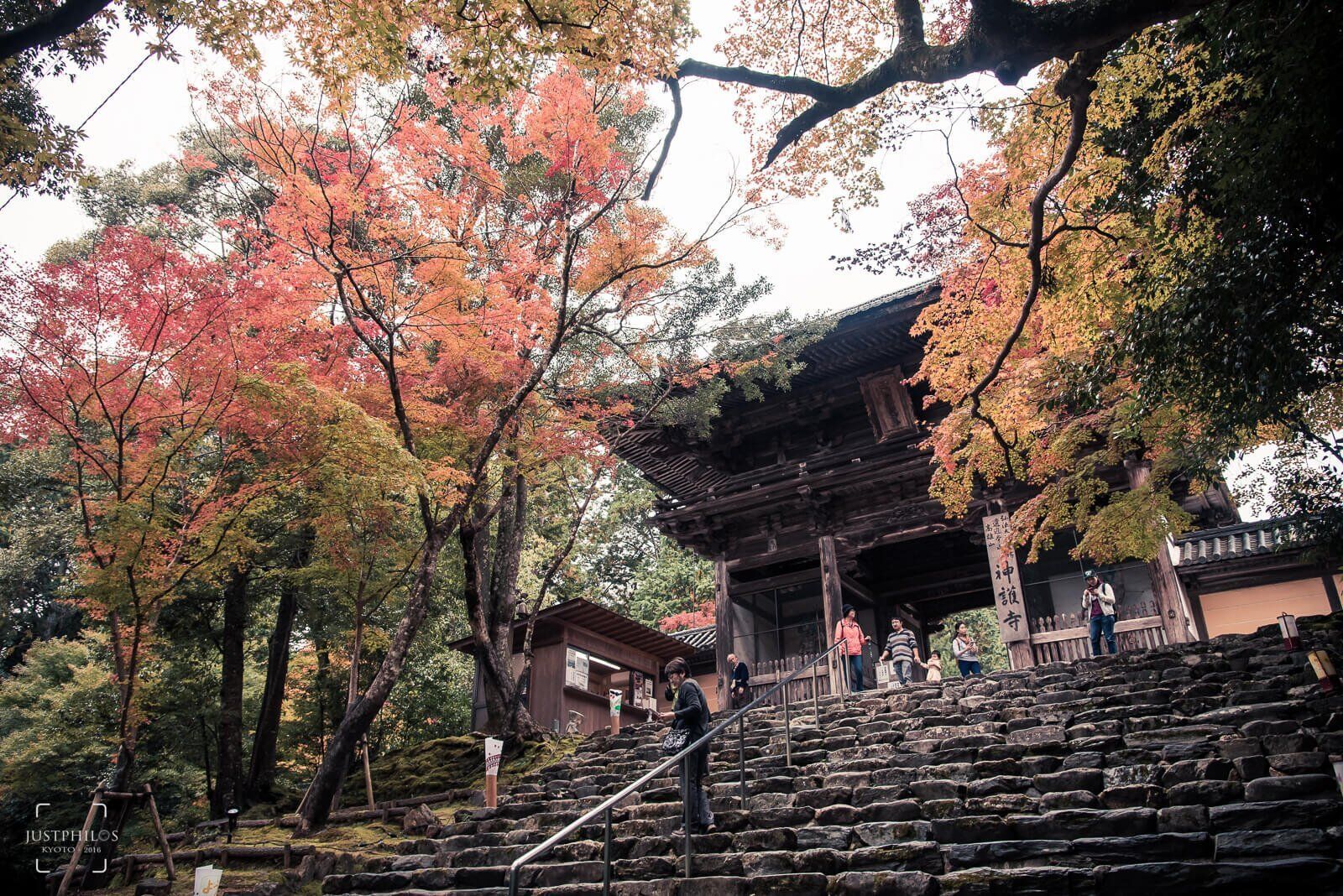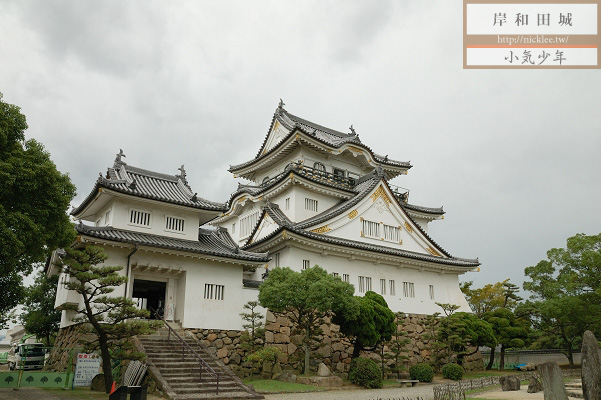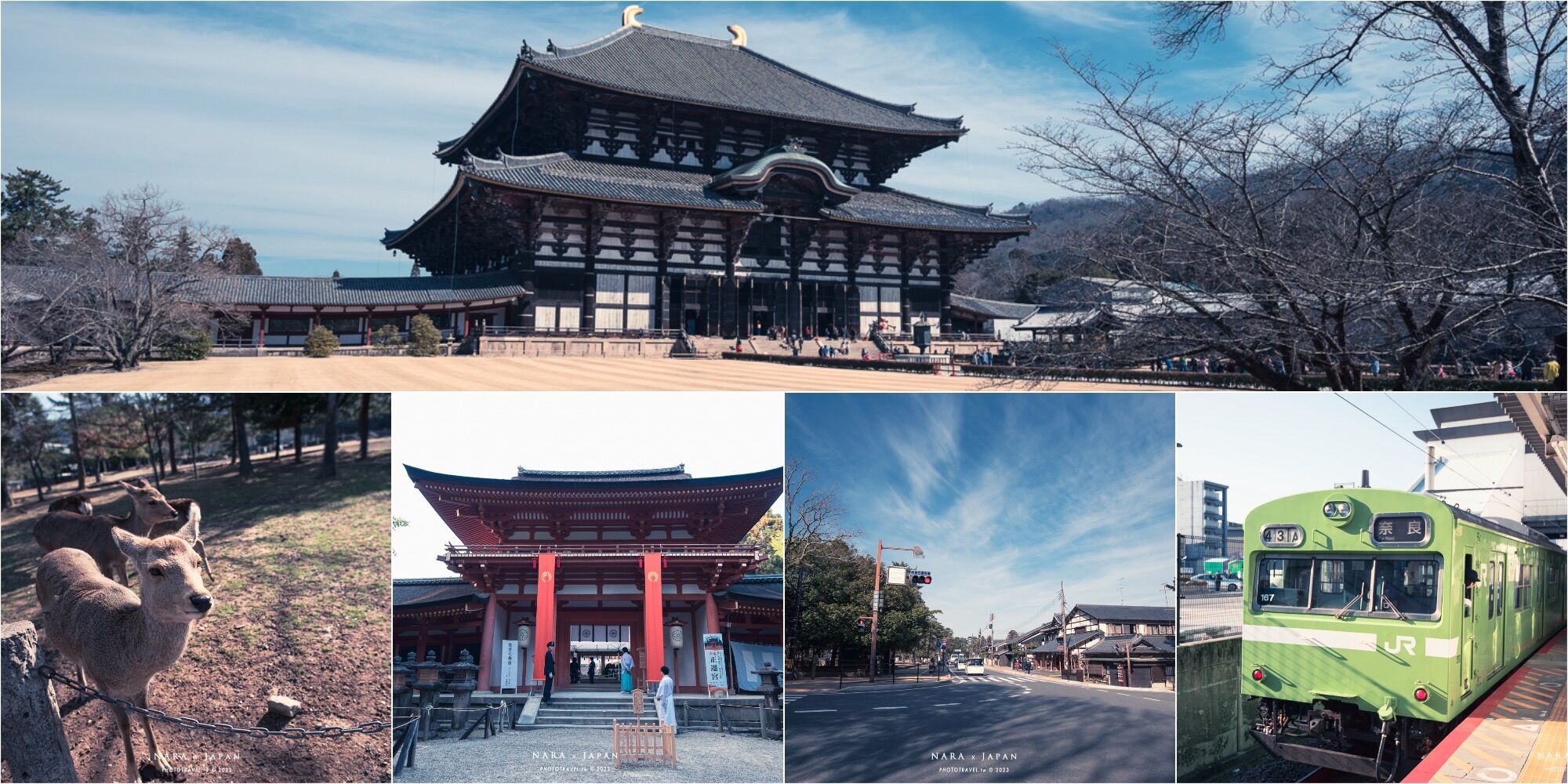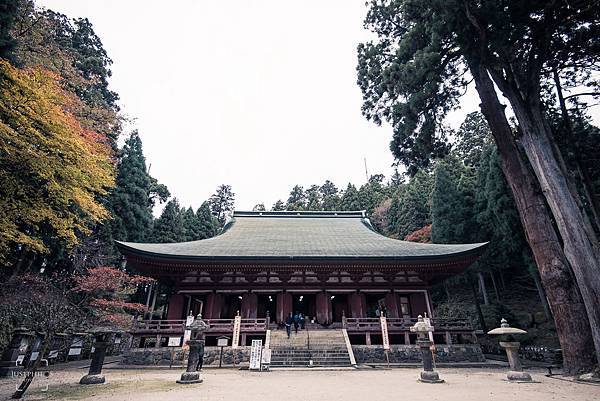Summary
The Kaohsiung Sanwei area in Kyoto is a famous maple viewing spot. When I first visited Kyoto in 2014, I really wanted to include this area in my itinerary, but unfortunately, I had to give up due to time constraints. This time, I finally had the opportunity to visit the Kaohsiung Sanwei area. Kaohsiung Sanwei refers to To-no-O, Maki-no-O, and Kaohsiung. It is a bit far from the city center of Kyoto, so if you plan to visit, it is recommended to allocate a whole day.
▋Transportation Tickets for Kaohsiung Sanwei
If you want to visit Kaohsiung Sanwei in one day, the recommended option is the “Kaohsiung One-Day Pass” offered by JR Bus. The ticket price is 800 yen, which is much cheaper than buying separate tickets for each segment.

The Kaohsiung One-Day Pass is quite economical.
The tickets can be purchased at the “Bus Center” in front of Kyoto Station. The opening hours are from 6:00 to 23:00, and the tickets are valid on the day of purchase. For information on ticket purchase and boarding locations, please refer to the following image:

Because the itinerary in the morning was rushed, I didn’t take a specific photo of the location inside the Kyoto Bus Ticket Center. Basically, the first ticket counter after entering the door is the JR Bus ticket counter. If you are worried about the language barrier, you can write down the name of the ticket or show the photo above to the station staff.

【Instructions for Use】
- The above images show the valid range of the Kaohsiung One-Day Pass.
- When boarding, enter from the rear door without tearing the ticket. Show the ticket to the driver when getting off.
- If you get off within the “Free Zone,” the driver will not collect the ticket; if you get off within the “Round Trip Zone,” the ticket will be collected.
There are three routes from Kyoto to the Kaohsiung area, all of which will reach the Kaohsiung area. The only difference is the route they take. For detailed timetables and route maps, please refer to the JR official website.
▋Recommended Route for Maple Viewing in Kaohsiung Sanwei
If you are coming from Kyoto, it is recommended to take a train to Yamashiro-Kaohsiung Station and start your visit from Jingoji Temple. The main reason is that Jingoji Temple is relatively far from the bus stop, and if you decide to walk the entire Sanwei area, it is a more convenient route.

Refer to the Kaohsiung tourist guide map, you can see that the three temples can be reached on foot.
When visiting the Kaohsiung area, it is recommended to wear comfortable shoes as there will be climbing and hiking involved. It takes about 4-5 hours to complete the Sanwei area, so it is advisable to travel light. In terms of camera selection, a medium focal length lens is recommended to capture the maple leaves along with the scenery. However, the weather was not good on the day of the visit, so the photos didn’t turn out as vibrant.
Now, let’s focus on the photos taken in the Kaohsiung Sanwei area.
▋Jingoji Temple
Recommended duration: 1.5-2 hours.
Admission: 500 yen.
Jingoji Temple is located on Mount Kaohsiung in the Ukyo Ward of Kyoto. It is mainly dedicated to Yakushi Nyorai and is also known as “Kaohsiung Jingoji Temple.” To get to Jingoji Temple, you can take a bus to “Yamashiro-Kaohsiung” station and follow the signs to walk down the stairs. After crossing a bridge, you will see the entrance.

The first stop is Jingoji Temple, a 10-minute walk from the bus stop.

Some maple leaves that haven’t turned red yet have their own unique charm when photographed up close.

The signposts are also marked with maple leaf symbols, indicating that this place is famous for its autumn foliage.
After seeing the sign, follow the signs and walk up the stairs. It takes about 10-15 minutes, but there are many beautiful views along the way, so the walk doesn’t feel particularly long.

You can see the spectacular red leaves of the tea plantation along the way to Jingoji Temple.

Once you see this old gate, you know you have arrived at Jingoji Temple.

Since I visited in early November, the maple leaves were not at their peak yet.

The maple leaves next to the gate were relatively redder.

You can take close-up shots of the maple leaves on the eaves with a medium to long focal length lens.

Early morning at Jingoji Temple, fewer tourists and a more serene atmosphere.

The five main halls of Jingoji Temple.

The maple leaves next to the five main halls are particularly red, and many visitors stop here for a while. Unfortunately, the weather on the day of the visit was not ideal for photography.

Looking down at the five main halls from the direction of the Golden Hall, the maple leaves here are relatively redder.

The Golden Hall of Jingoji Temple, dedicated to Yakushi Nyorai.

The maple leaves on the inside of the gate are relatively redder compared to the front of the gate.

The tea plantation on the way to Jingoji Temple adds a touch of whimsy to the scene, hidden in the mountains.
▋Saimyoji Temple
Recommended duration: 1-1.5 hours.
Admission: 500 yen.
Saimyoji Temple is mainly dedicated to Shakyamuni Buddha and is located on Makino Mountain near Jingoji Temple, about a 15-minute walk away. If you have enough time, it is recommended to walk to Saimyoji Temple, as you can enjoy the beautiful scenery along the stream and take a leisurely stroll in the mountains. Saimyoji Temple is not as well-known as Jingoji Temple and Kozanji Temple in the Kaohsiung Sanwei area, so it is often overlooked by tourists. However, if you are visiting for the purpose of maple viewing, it is highly recommended to visit Saimyoji Temple.

Walking from Jingoji Temple to Saimyoji Temple, you can enjoy the beautiful scenery along the way.

The signpost at the intersection also uses maple leaves as a symbol, indicating that this place is also famous for autumn foliage.

The crystal-clear stream with maple leaves on both sides would be even more beautiful during the peak foliage season!

The small bridge in front of the ticket booth at Saimyoji Temple. It takes about 3-5 minutes to reach Saimyoji Temple from the ticket booth.

The gate of Saimyoji Temple, with magnificent maple leaves at the entrance.

Perhaps due to the altitude, the maple leaves at Saimyoji Temple were in better condition compared to Jingoji Temple.

Walking into the corridor next to the main hall of Saimyoji Temple and looking out through the gate gives a different perspective of the maple leaves.

The maple leaves in front of the main hall of Saimyoji Temple also attract the attention of photographers.
▋Kozanji Temple
Recommended duration: 1-1.5 hours.
Admission: 500 yen (only during the maple viewing season).
Kozanji Temple is a bit further from Saimyoji Temple, about a 15-minute walk. Kozanji Temple was founded in 774 AD and was originally the main temple of the Shingon sect in the Jingoji Temple. It was later given to the saintly monk Eimei and named “Kozanji Temple” by Emperor Toba. Kozanji Temple is also the only World Cultural Heritage site among the Kaohsiung Sanwei area. In addition to autumn foliage, the century-old grove of trees in the temple is also worth seeing. Unfortunately, it was raining heavily when I visited Kozanji Temple, so although I took many photos, I will only share a few representative ones.

The stone Suikoin at Kozanji Temple requires an additional 600 yen admission fee during the maple viewing season, but I didn’t pay extra to enter because of the rain.

The exterior of Suikoin, which takes about 30 minutes to walk around.

The founding hall of Kozanji Temple, a building that has stood since the Edo period.

The Golden Hall of Kozanji Temple.
This concludes the tour of the Kaohsiung Sanwei area. For other travel articles related to my 2016 Kyoto trip, please refer to:





